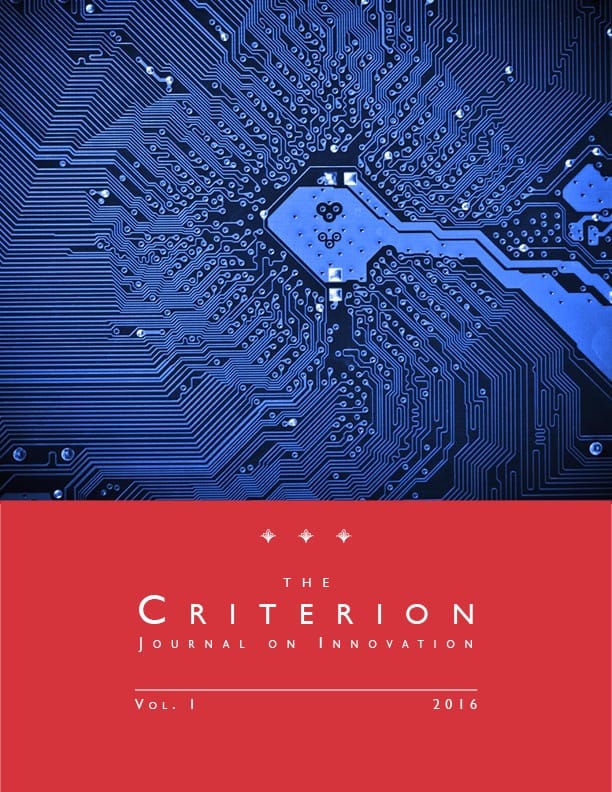Converting Royalty Payment Structures for Patent Licenses
Purchase a reprint version of the Article (Amazon) | Read the Article (PDF) | Download the Article (PDF) Download the Article (PDF)Basic economic techniques equip a damages expert with a reliable means of converting a royalty payment with one structure to a royalty of equivalent value under a different structure. I show that one can use reliable methodologies to convert royalty payments across structures both (1) in cases where the parties have executed a one-way license—that is, a license in which the parties determine the conditions for the licensee’s use of the patent holder’s patents—and (2) in cases where the parties have executed a cross license, which grants each party the right to use the counterparty’s patents. When the license uses a simple royalty structure, converting the royalty payment across different structures is also relatively simple. For example, information about the patent-practicing product’s projected price might suffice to convert a per-unit royalty fee to a derived royalty rate. However, when the license in question is a cross license or complex license, converting royalty payments to a derived royalty rate might be more burdensome, as it might require the estimation of additional parameters, such as relative portfolio strength. Nevertheless, with sufficient data, existing economic methodologies offer a reliable basis for estimating and comparing the derived royalty rates of different licenses. Courts can supplement the derived royalty rate with adjustments to account for a company’s bargaining power or market risk implicit in the different royalty structures.

Cite as
J. Gregory Sidak, Converting Royalty Payment Structures for Patent Licenses, 1 Criterion J. on Innovation 901 (2016).
